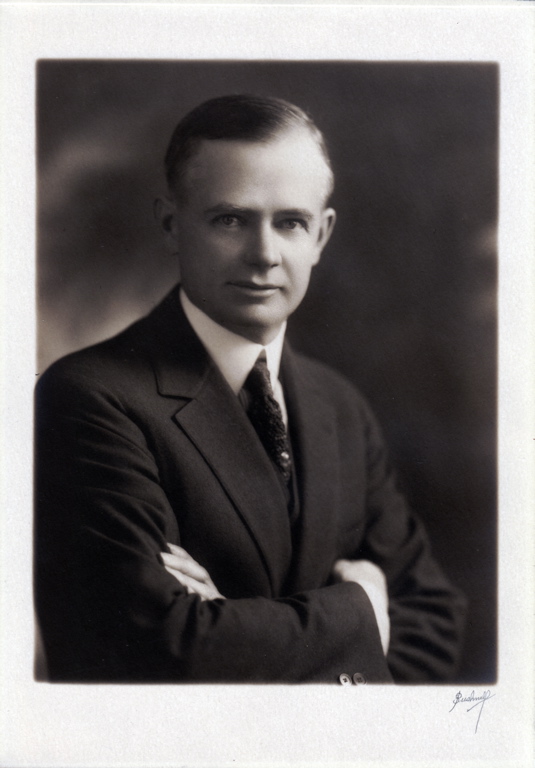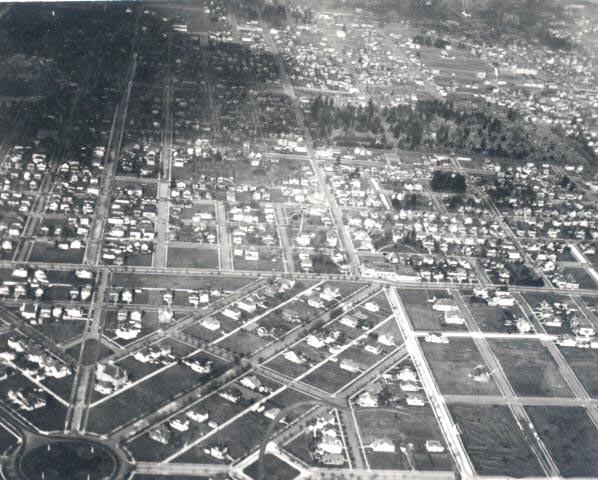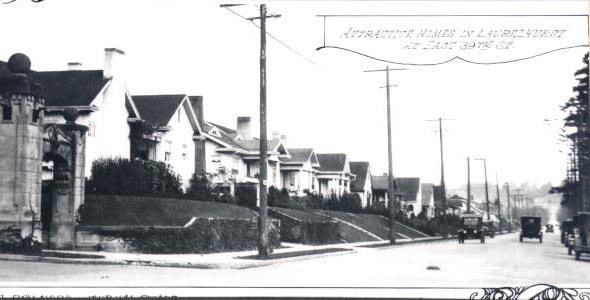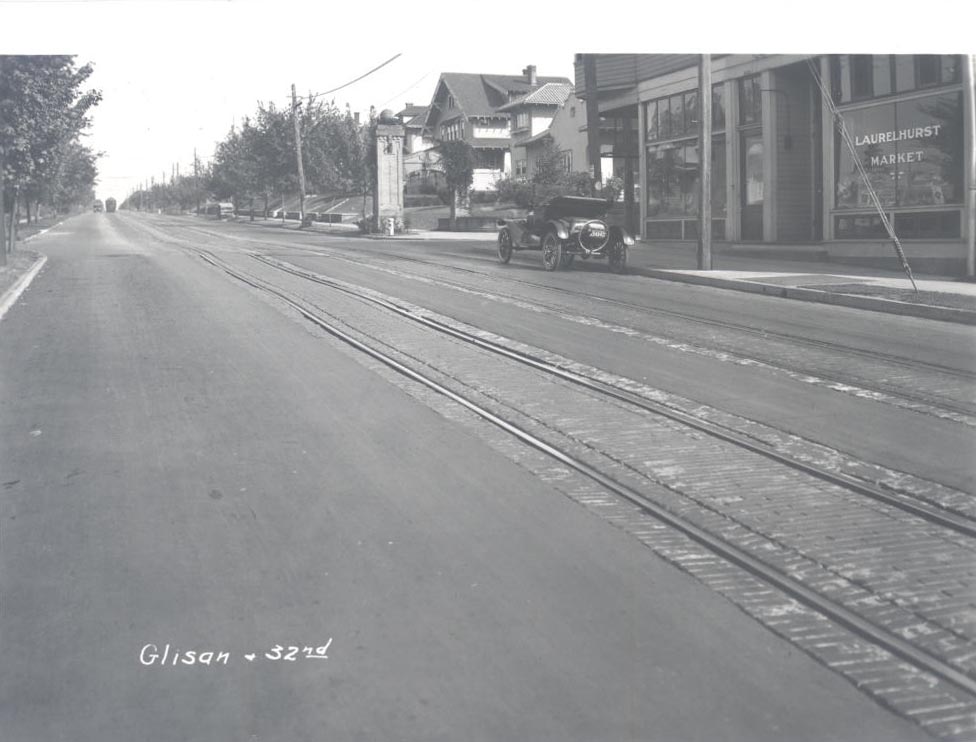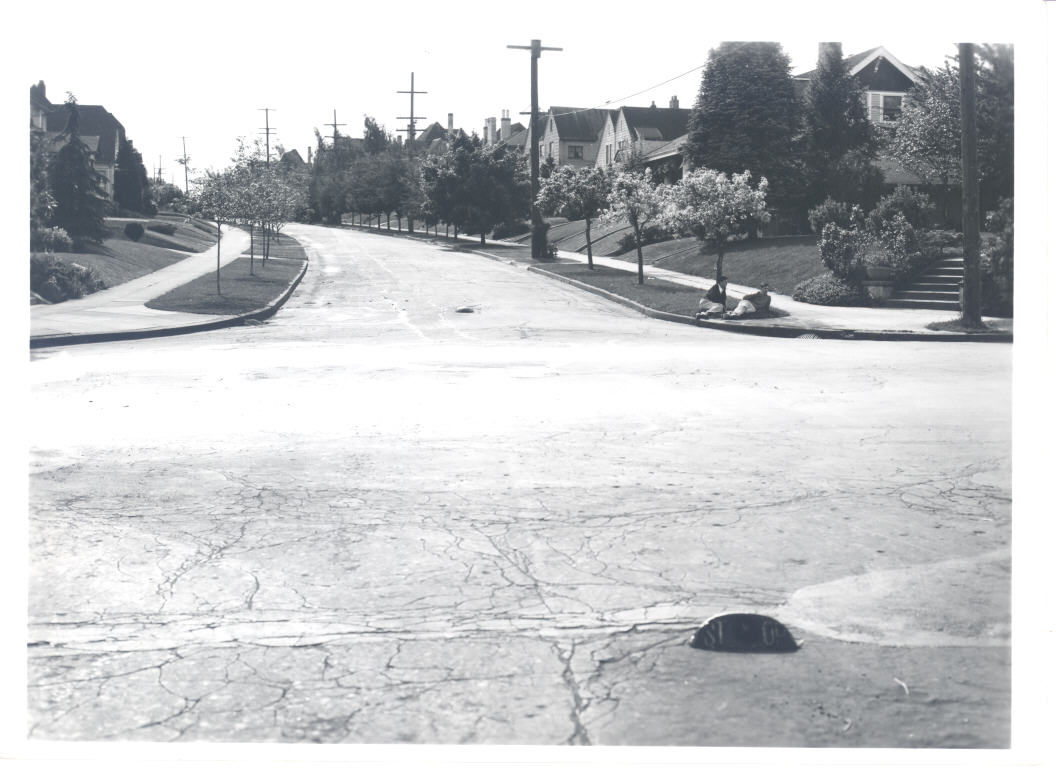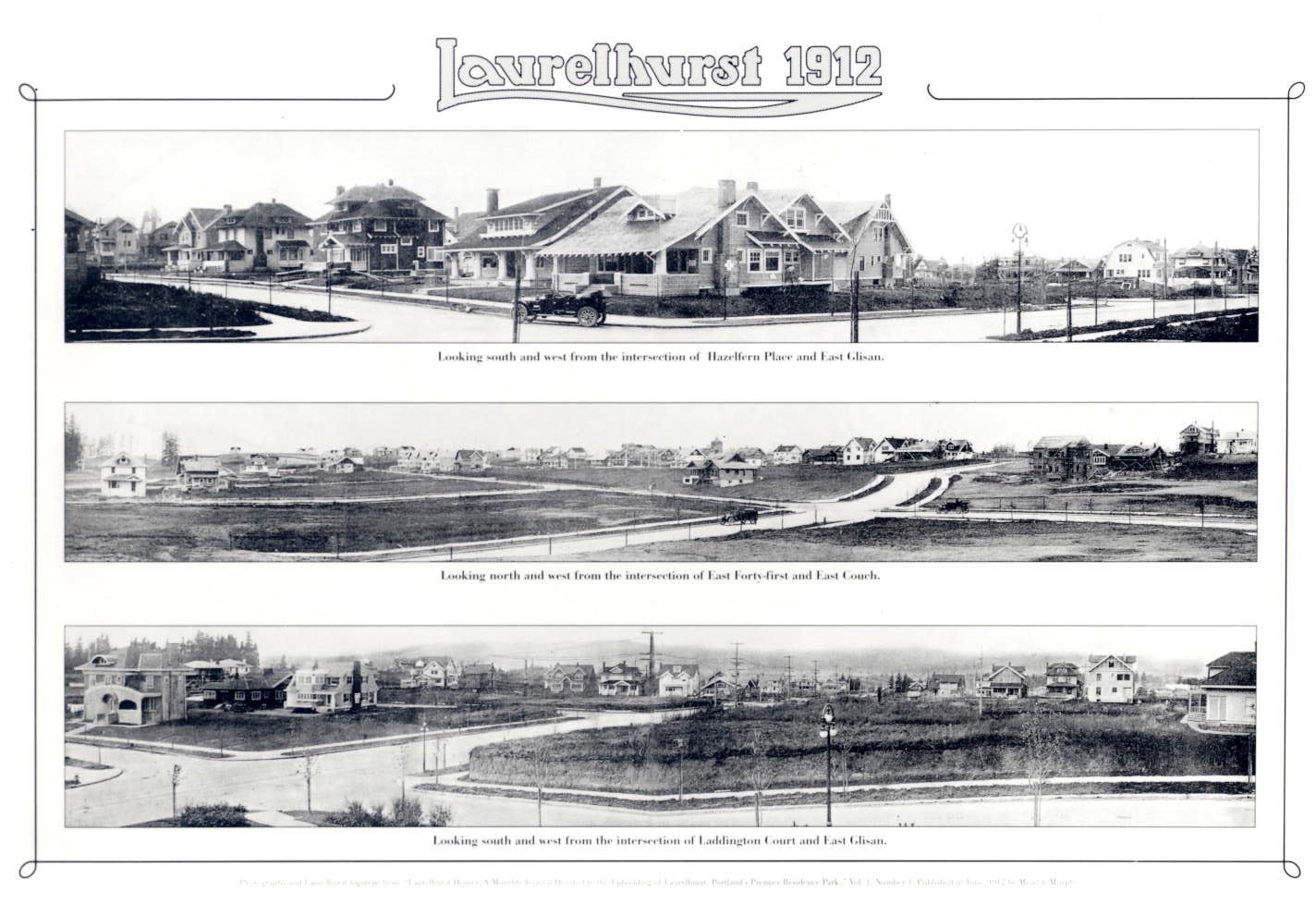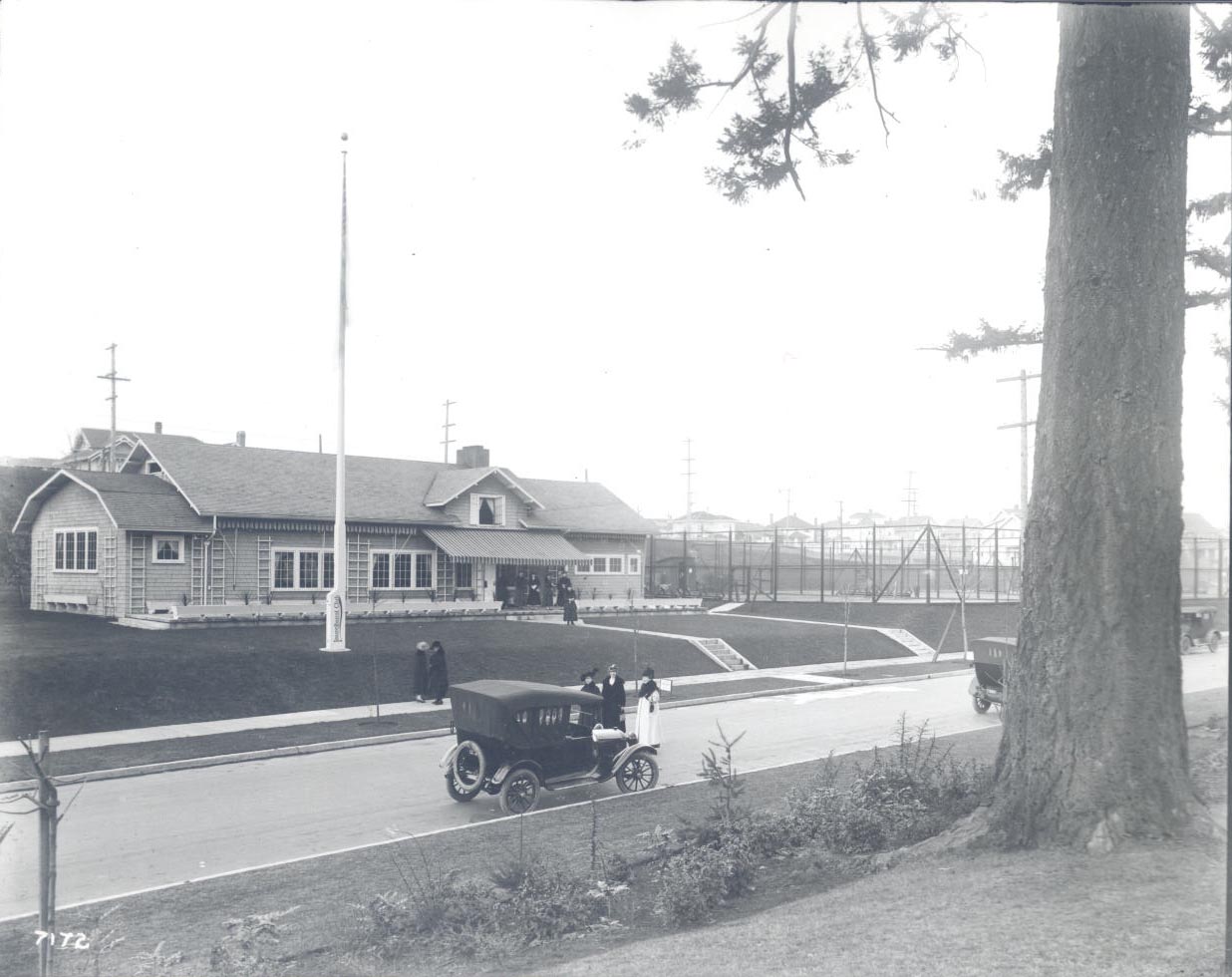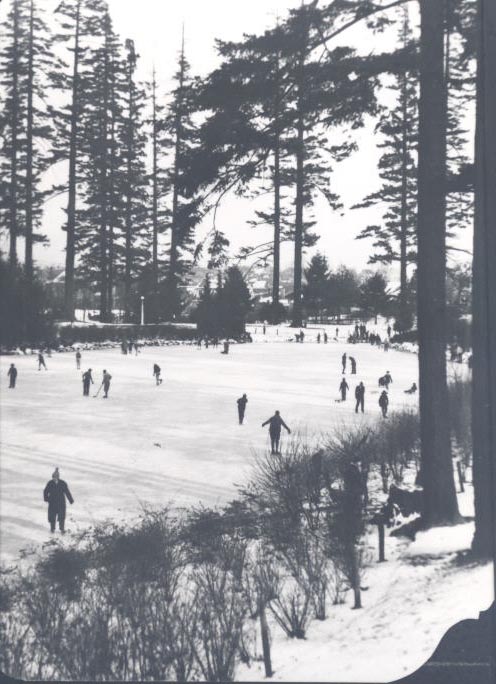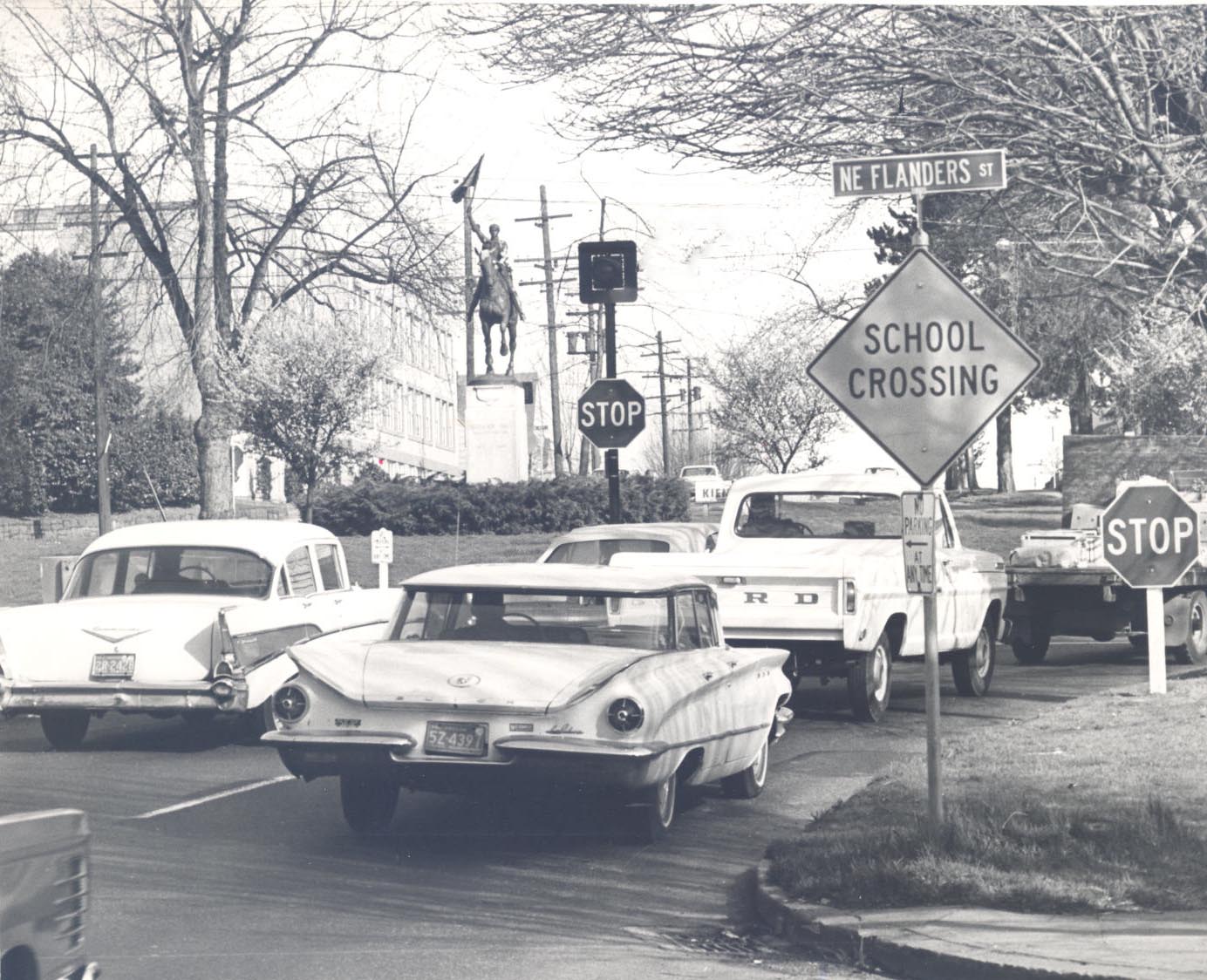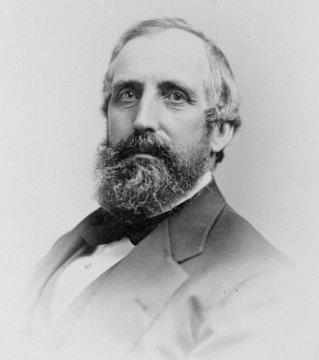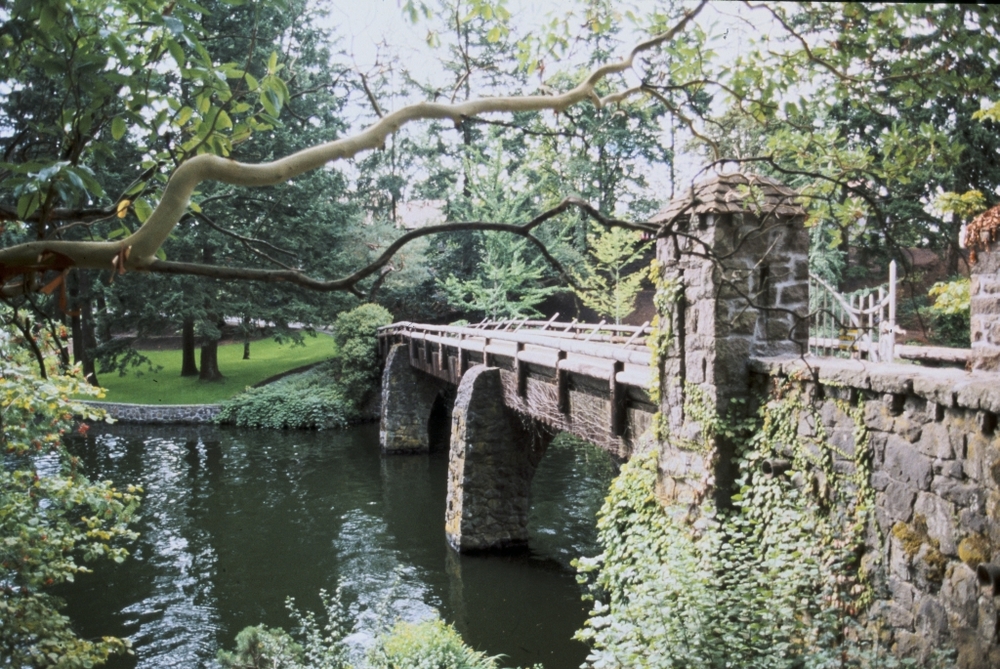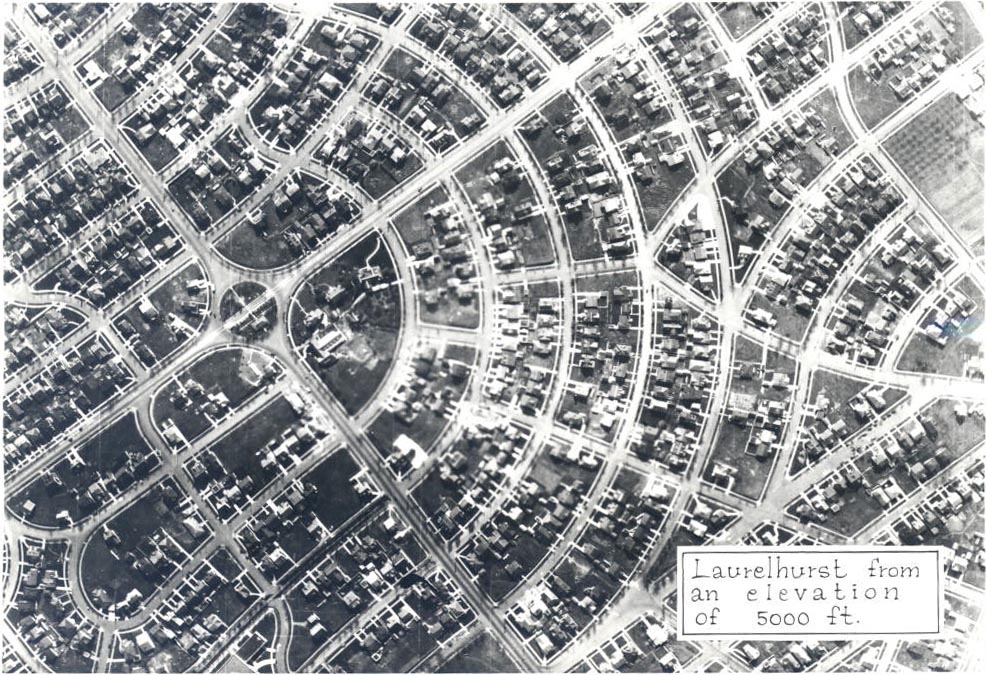Paul Cole Murphy played a major role in the development of Laurelhurst in southeast Portland, and Oswego (now Lake Oswego).
Born in Mount Vernon, Ohio, on August 25, 1876, Murphy moved with his family to Washington State in 1893. After working lumber-related jobs, he became treasurer of the City of Everett. He married Mae Fuller in 1902, and five years later their only child, Paul Fuller Murphy, was born.
By 1906, Joseph R. McLaughlin, Frank F. Mead, and Murphy developed Seattle’s Laurelhurst neighborhood. Three years later, Murphy became a founding partner, vice president, and general manager of Portland’s Laurelhurst Company. The reuse of the name "Laurelhurst" reflected the success of the Seattle venture. Murphy continued to live in Seattle and commute to Portland, using the Portland Hotel as his temporary residence. About 1915, Murphy moved his family to Portland.
The land on which Laurelhurst was built had been William M. Ladd’s Hazel Fern Farm, which Murphy and his partners purchased from the Ladd Estate Company in 1909 for approximately $2 million. By 1916, five hundred homes had been constructed in Laurelhurst. Architects, Ellis F. Lawrence and William G. Holford, designed Murphy’s own Laurelhurst home, at 3574 East Burnside, and it is listed on the National Register of Historic Places. Murphy served as president of the Portland Realty Board in 1918 and 1919.
Murphy joined the Ladd Estate Company in 1923. Turning Ladd-owned land into an exclusive residential district was a formula for success that Murphy helped to repeat in Lake Grove and Oswego. Between 1923 and 1925, Murphy, along with Frederick H. Strong, were instrumental in the creation of the Oswego Lake Country Club on the former site of Ladd’s Iron Mine Farm. In the surrounding residential districts, use restrictions and building requirements were imposed to ensure exclusivity. The work of Frederick Law Olmsted plus the Arts and Crafts and City Beautiful movements influenced the aesthetics. Oswego was transformed from an iron-manufacturing town into a place for discriminating homebuyers who wanted, in the words of the Ladd Estate Company advertising slogan, to “Live Where You Play.”
By 1926, Murphy and his partner, Frederick H. Strong, purchased the Ladd Estate Company, including the extensive landholdings of the Oregon Iron & Steel Company. This purchase included undeveloped land in Dunthorpe, Eastmoreland, Westmoreland, and other areas of Portland. Murphy and Strong soon divested themselves of all but the Lake Oswego Country Club District and Dunthorpe. In 1930, Murphy bought out Strong’s interest and made his son, Paul F. Murphy, an officer of the company. Paul F. Murphy worked with his father and carried on the business enterprises adter his father's retirement in the mid-1940s.
Murphy died on September 21, 1957, in Santa Barbara, California, at the age of eighty-one. His influence on residential development in the Portland area was significant, but true to his self-effacing manner, there isn’t a street or neighborhood named in his honor.
-
![]()
Paul C. Murphy.
Courtesy Marylou Colver
-
![Laurelhurst, aerial, 1927]()
Laurelhurst, aerial, 1927.
Laurelhurst, aerial, 1927 Courtesy Oreg. Hist. Soc. Research Lib., 51676
-
![Laurelhurst gate (left) at 39th and SE Stark, 1925]()
Laurelhurst gate (left) at 39th and SE Stark, 1925.
Laurelhurst gate (left) at 39th and SE Stark, 1925 Courtesy Oreg. Hist. Soc. Research Library, 001654
-
![Laurelhurst neighborhood, 1921, NE Glisan and 32nd, with streetcar tracks.]()
Laurelhurst neighborhood, 1921.
Laurelhurst neighborhood, 1921, NE Glisan and 32nd, with streetcar tracks. Courtesy Oreg. Hist. Soc. Research Lib., COP01852
-
![Laurelhurst, 1935]()
Laurelhurst, 1935.
Laurelhurst, 1935 Courtesy Oreg. Hist. Soc. Research Library, COP01320
-
![Laurelhurst neighborhood ad, 1912]()
Laurelhurst neighborhood ad, 1912.
Laurelhurst neighborhood ad, 1912 Courtesy Oreg. Hist. Soc. Research Lib., OrHi 100759
-
![Laurelhurst Club, c.1910]()
Laurelhurst Club, c. 1910.
Laurelhurst Club, c.1910 Courtesy Oreg. Hist. Soc. Research Lib., GI7172
-
![Laurelhurst park, 1930]()
Laurelhurst park, 1930.
Laurelhurst park, 1930 Courtesy Oreg. Hist. Soc. Research Lib., 005483
-
![Laurelhurst, Coe Circle, Joan of Arc statue, 1968]()
Laurelhurst, Coe Circle, Joan of Arc statue, 1968.
Laurelhurst, Coe Circle, Joan of Arc statue, 1968 Courtesy Oreg. Hist. Soc. Research Library
Related Entries
-
![Ellis F. Lawrence (1879-1946)]()
Ellis F. Lawrence (1879-1946)
Portland architect Ellis Fuller Lawrence was the leading organizer of h…
-
![Ladd Estate Company]()
Ladd Estate Company
The Ladd Estate Company played a major role in the residential developm…
-
![Lake Oswego]()
Lake Oswego
Lake Oswego is a suburban city located eight miles southwest of Portlan…
-
![Laurelhurst]()
Laurelhurst
The Laurelhurst neighborhood in Portland is an historic twentieth-centu…
Map This on the Oregon History WayFinder
The Oregon History Wayfinder is an interactive map that identifies significant places, people, and events in Oregon history.
Further Reading
Barrett, Christine. A History of Laurelhurst rev. ed. Seattle, Wash.: The Laurelhurst Community Club, 1989.
MacColl, E. Kimbark. The Growth of a City: Power and Politics in Portland, 1915-1950. Portland, Ore.: Georgian Press, 1979.
Snyder, Eugene E. Portland Names and Neighborhoods: Their Historic Origins Portland, Ore.: Binford and Mort, 1979.



